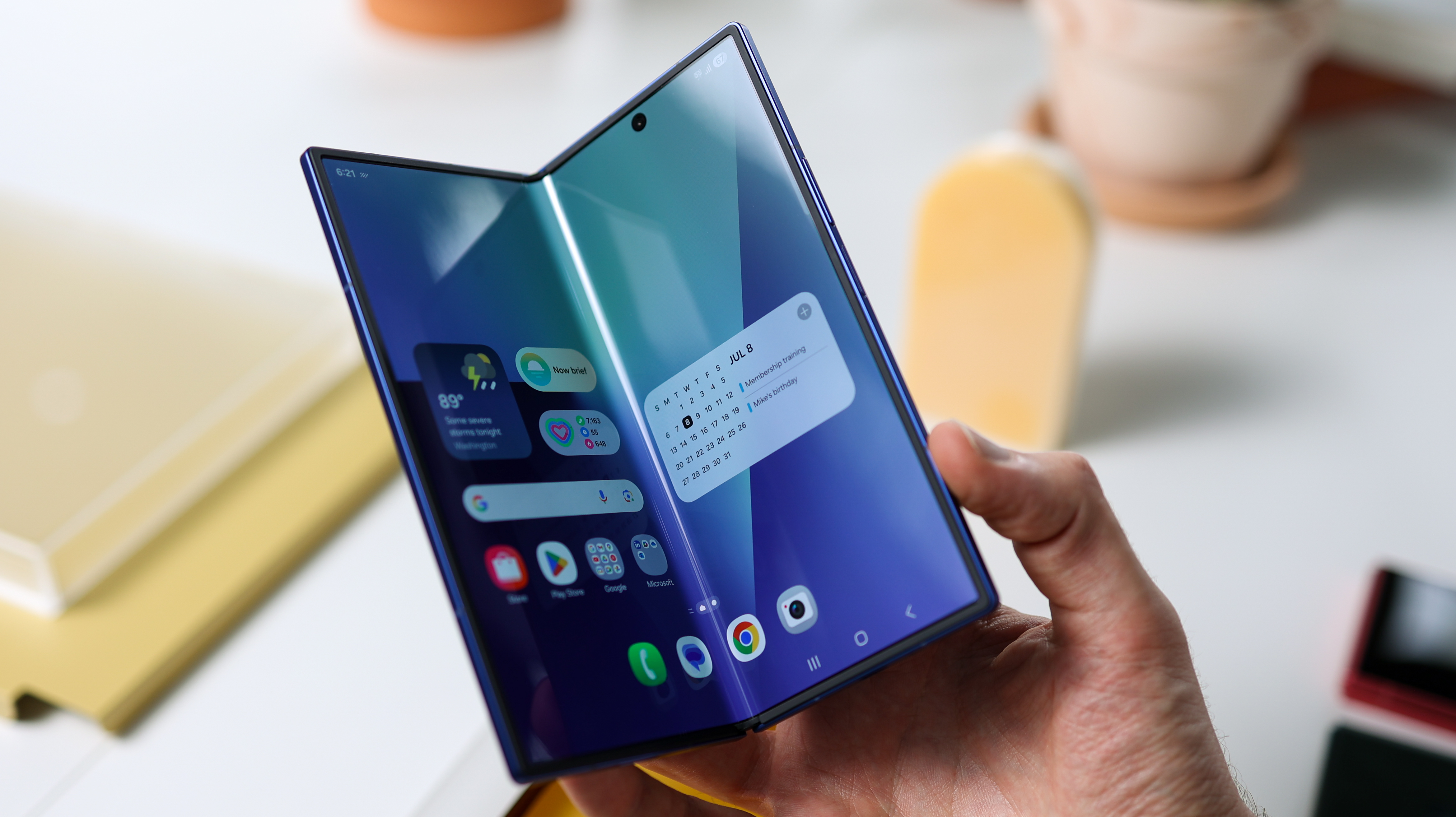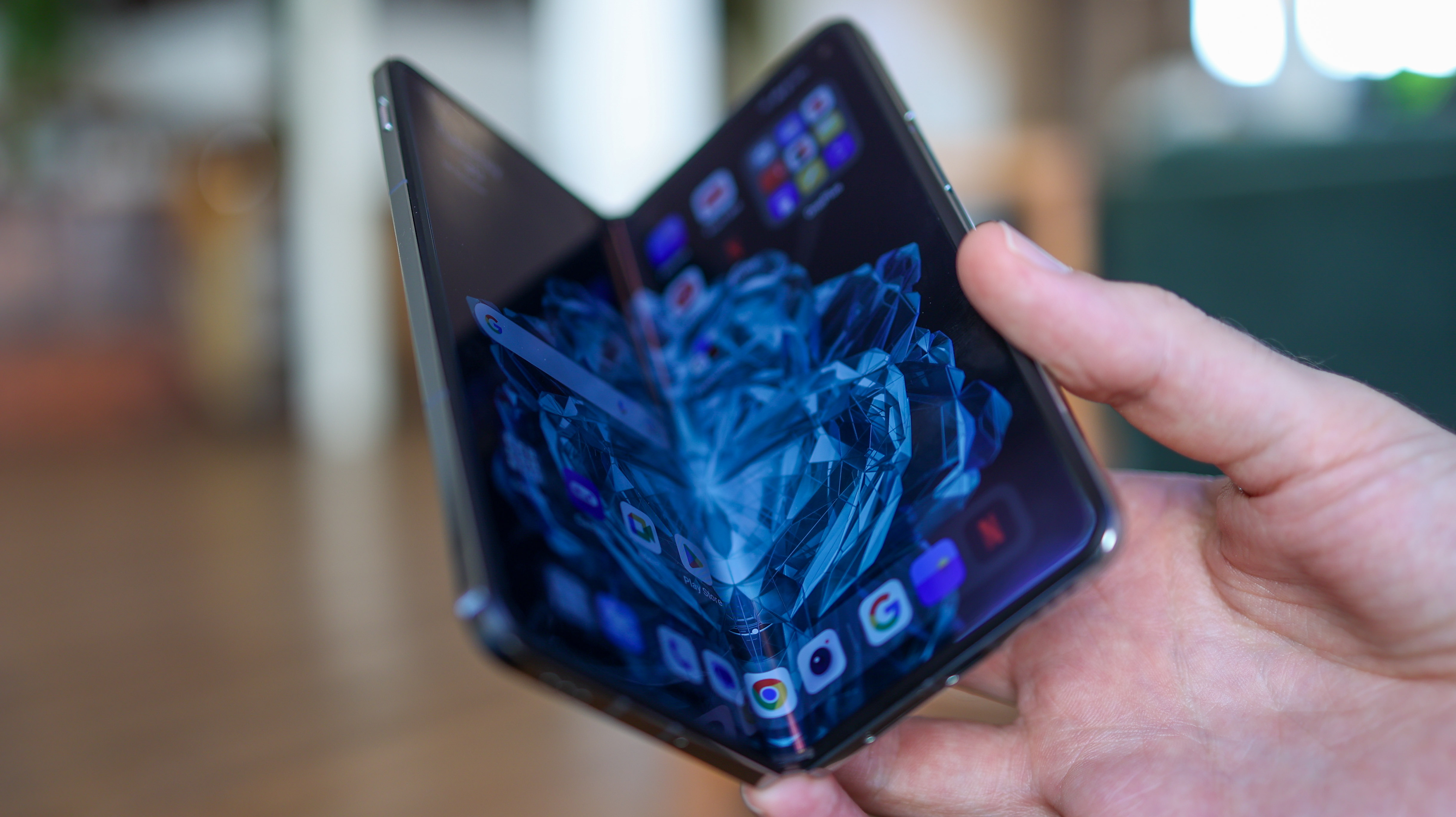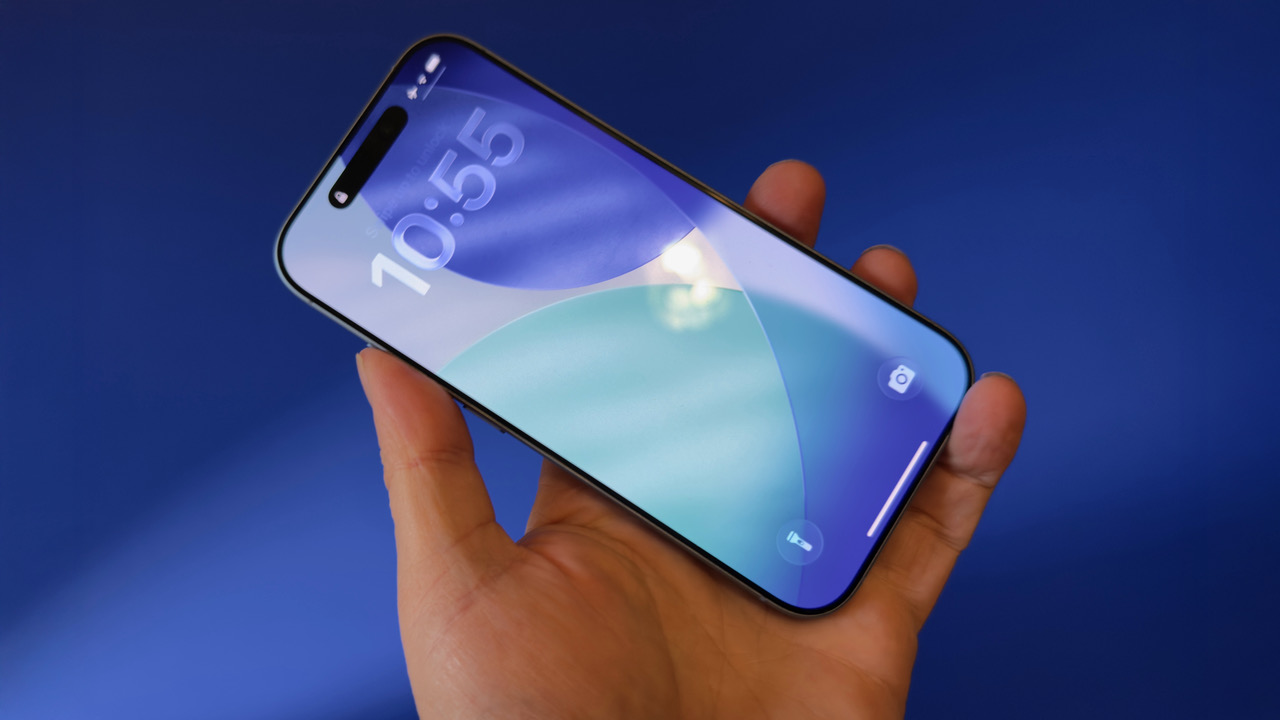The best flip phone & best folding phone
They're super-fashionable, and for good reason. We reveal the best flip phone & best folding phone right now
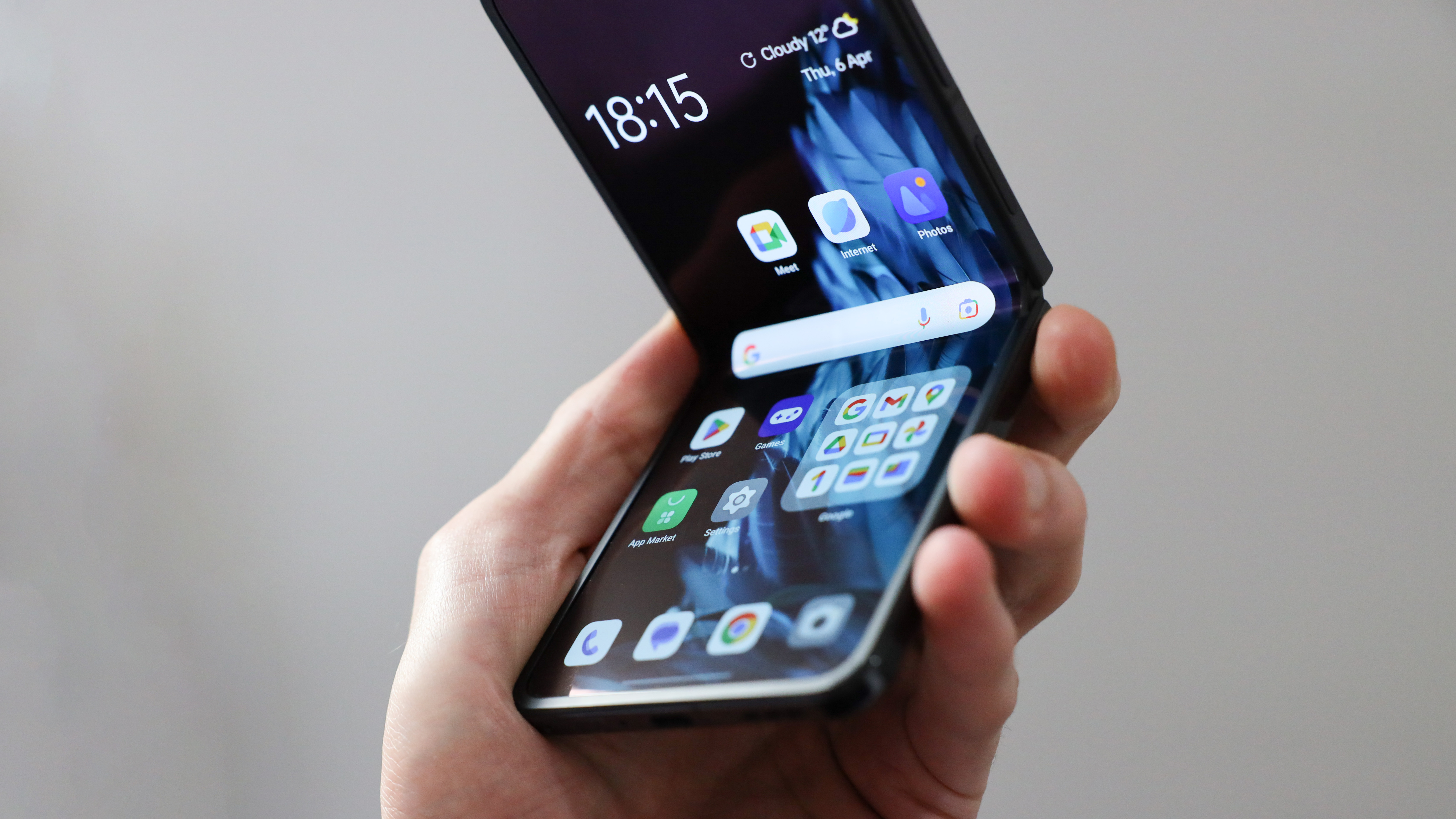
The best flip phone is nice and easy to slip in your pocket, while the best folding phone opens up to reveal an enormous screen. Whichever you prefer, this guide will reveal the best model for you, at the best possible price.
The arrival of the smartphone temporarily killed the flip phone market, but we're not surprised they're on their way back, albeit reimagined with the latest tech. After all, there's something very satisfying, as well as practical, about closing the phone to hide your screen. It's a great way to take a step away from the incessant demands of the digital world: you can still be contacted, but you're not constantly being bothered by screen updates.
The best fold phones, meanwhile, provide many of the advantages of a large tablet screen, without having to carry around a tablet. And of course, you can make calls too. For more on fold phones, read: Why I Fold While Others Flip.
The Quick List

Alongside great performance, the Samsung Galaxy Z Flip 7 has an excellent set of cameras for most uses. We rate the 50MP main camera particularly highly, and the secondary cameras are reasonable for casual use.

If it's sheer resolution that you're looking for, then it has to be the Samsung Galaxy Z Fold 7. With a whopping 200MP you simply won't get bigger or better than that.
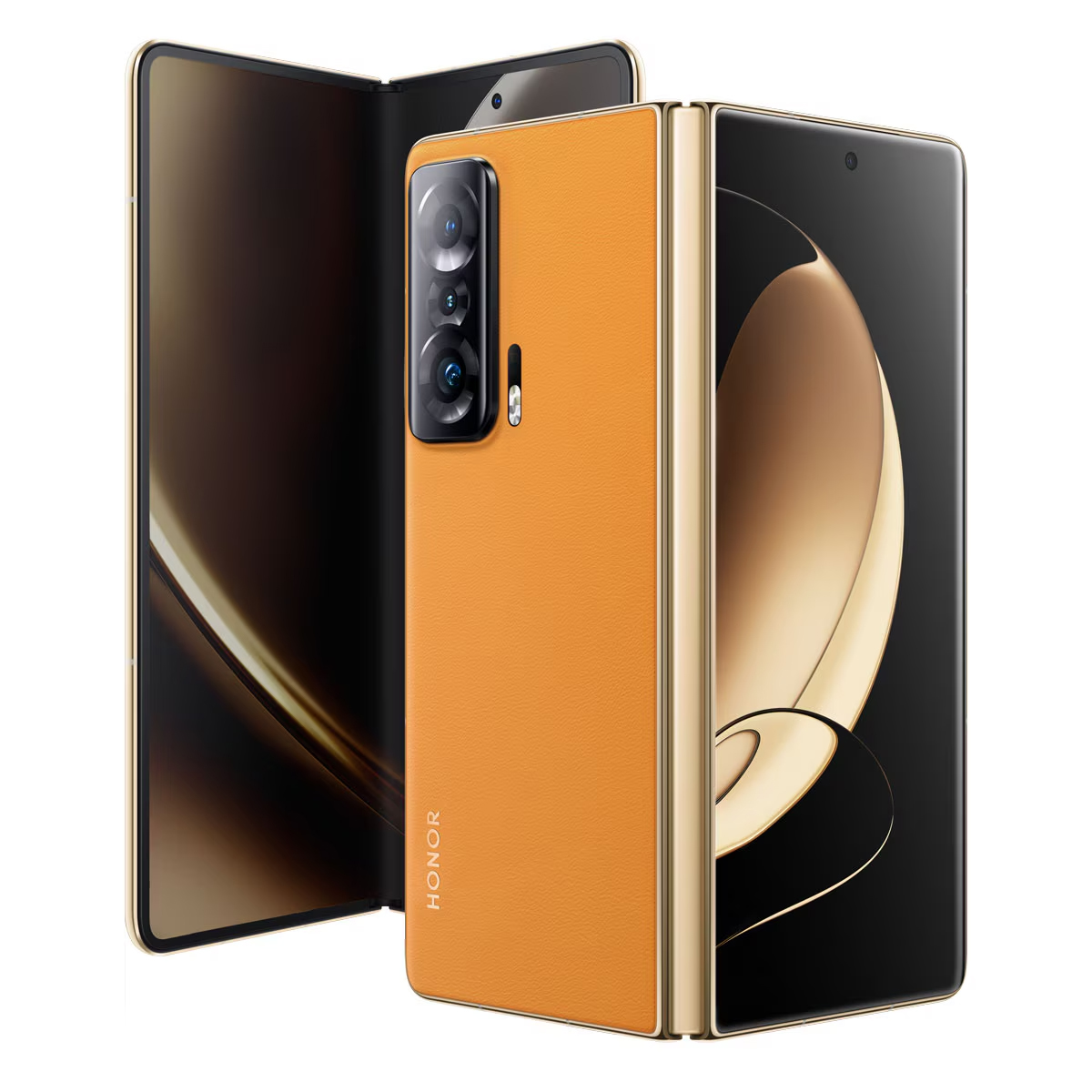
This folding phone is not just super-thin; it also manages to serve up an impressive set of cameras. Our particular favorite is the 64MP periscope telephoto, although all the other cameras perform admirably.
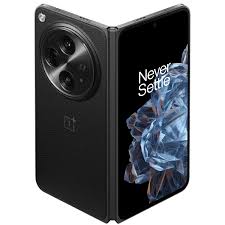
In terms of overall camera quality on a folding phone, you won't get any better than the OnePlus Open. Not only do we rate it highly, but in reality it would give many flagships a run for their money.
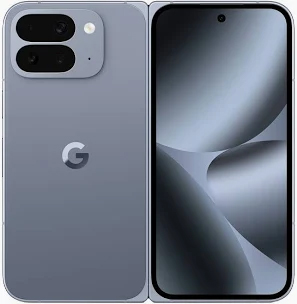
We wouldn't recommend this phone for its cameras, but if it's AI smarts you're after, then you won't be disappointed. You'll find an impressive range of AI-driven tools that Google has become known for.
Best flip phone & best folding phones: the full guide
Why you can trust Digital Camera World
Best flip phone overall

1. Samsung Galaxy Z Flip 7
Specifications
Reasons to buy
Reasons to avoid
The Samsung Galaxy Z Flip 7 is the best flip phone out today, bar none. We continue to rate the main rear camera, which was upgraded to 50MP in the previous version. Despite the 12MP ultrawide camera still underperforming in low light, the overall photo quality is solid for casual use.
Powered by the Exynos 2500, the Flip 7 delivers excellent performance and fantastic thermal management. Its slightly larger 4300mAh battery improves longevity, though charging remains capped at 25W wired. The 4.1-inch cover screen is convenient for quick tasks, but its design feels dated compared to rivals. The 6.9-inch AMOLED main display is bright and responsive, despite the visible crease down the middle.
With a matte aluminum frame, IP48 water resistance, and seven years of software updates, the Flip 7 is durable and future-proof. It’s an excellent choice for fans of stylish, compact foldables, even if it doesn’t bring groundbreaking changes.
Read more: Samsung Galaxy Z Flip 7 hands-on review
Best fold phone overall
Specifications
Reasons to buy
Reasons to avoid
The Samsung Galaxy Z Fold 7 is the best foldable phone available today. Its beautiful squared-off design and matte finish give it a clean, premium look, while IP48 water resistance ensures durability. The 8-inch AMOLED main screen is vibrant and spacious, ideal for multitasking, though the crease is still noticeable.
The Qualcomm Snapdragon 8 Elite chipset powers seamless performance, and the excellent AI tools add value for productivity and creativity, from real-time translation to photo editing. Unfortunately, S Pen support has been dropped, which is disappointing for designers and note-takers.
The main camera has had its resolution supercharged to 200MP and our reviewer found photos were packed full of detail. The 12MP ultrawide and 10MP telephoto could certainly be better in terms of resolution and zooming capabilities. The 4400mAh battery is unchanged, and 25W charging lags behind the competition.
The Galaxy Z Fold 7 delivers a refined experience, excelling in software and design. It’s ideal for users seeking a versatile productivity device, even if its price and thicker build may deter some.
Read more: Samsung Galaxy Z Fold 7 review
Best slim folding phone
Specifications
Reasons to buy
Reasons to avoid
The Honor Magic V5 is well known for being one of the thinnest and lightest foldables on the market at the moment. When folded, it's not much thicker than most regular phones, and when unfolded, it provides a large 7.95-inch, 2172 x 2352 pixels display.
All the cameras in the V5 are also excellent, with the standout being the 64MP periscope telephoto, which takes clean, crisp photos. It doesn't have the resolution of the new Samsung Galaxy Z Fold 7, but unless you need unbelievably high-res photos, you won't be missing out.
Honor delivers in almost every area that counts with quick processing, two fantastic, bright, and colorful screens, and a battery that lasts all day and has super-fast charging. Aside from the price, which we'll come to in a minute, our only slight issue would be that the images still look overprocessed.
The V5 is eye-wateringly expensive, although a little more affordable than many of its rivals. If your priority is having the best cameras, then I wouldn't go for a folding phone, but if you need great cameras and folding technology, then the Honor Magic V5 is a fantastic option.
Read more: Honor Magic V5 review
Best folding phone for cameras
Specifications
Reasons to buy
Reasons to avoid
After Samsung's Fold hit the scene and sucked up all the air, it seemed like foldables were losing their spark – a bit ironic for such cutting-edge tech. But fear not, the OnePlus Open has come to the rescue, stirring things up, especially when it comes to photography.
Boasting the best camera combo in the foldable realm, and snapping shots that could give non-folding flagships a run for their money, the Open shines in the camera department. With a robust telephoto camera and the polished processing prowess we've come to love from OnePlus, this foldable is a true imaging triumph.
And here's the kicker – no major red flags in other areas. OnePlus's debut foldable confidently jumps to the forefront. Now, if you're eyeing one, there are a few things to note – it skips out on wireless charging and an IP rating. But if those omissions don't faze you, this is the first foldable we're giving a wholehearted camera-based recommendation.
Read more: OnePlus Open review
Best fold phone for AI editing
5. Google Pixel 10 Pro Fold
Specifications
Reasons to buy
Reasons to avoid
The Google Pixel 10 Pro Fold boasts an 8-inch main display, which is equal with the Samsung Galaxy Z Fold 7 as the largest among Western foldables. The display is not only bright and vibrant, but, as importantly, the crease is barely visible. The new Tensor G5 processor ensures smooth performance and fantastic heat management, paired with seven years of software updates for long-term reliability.
Unfortunately, the camera system disappoints. The 48MP main sensor is competent, but small sensors across the ultrawide and telephoto cameras result in weaker low-light and video performance compared to competitors. Still, Google’s software enhances usability, with features like Best Take, Add Me, and Magic Editor offering creative flexibility.
The 5015mAh battery provides all-day usage, though charging speeds are slow. While it lacks stylus support and multitasking capabilities that fall behind rivals, the Pixel 10 Pro Fold excels in AI-driven tools and its user-friendly stock Android interface.
The Pixel 9 Pro Fold is a significant step forward for Google’s foldable lineup, but its camera limitations and high price may deter photographers. For those prioritizing a refined foldable design with robust AI features, it’s a strong contender.
The best camera deals, reviews, product advice, and unmissable photography news, direct to your inbox!

Gareth is a photographer based in London, working as a freelance photographer and videographer for the past several years, having the privilege to shoot for some household names. With work focusing on fashion, portrait and lifestyle content creation, he has developed a range of skills covering everything from editorial shoots to social media videos. Outside of work, he has a personal passion for travel and nature photography, with a devotion to sustainability and environmental causes.
- Basil Kronfli
- Paul HattonFreelance tech writer
